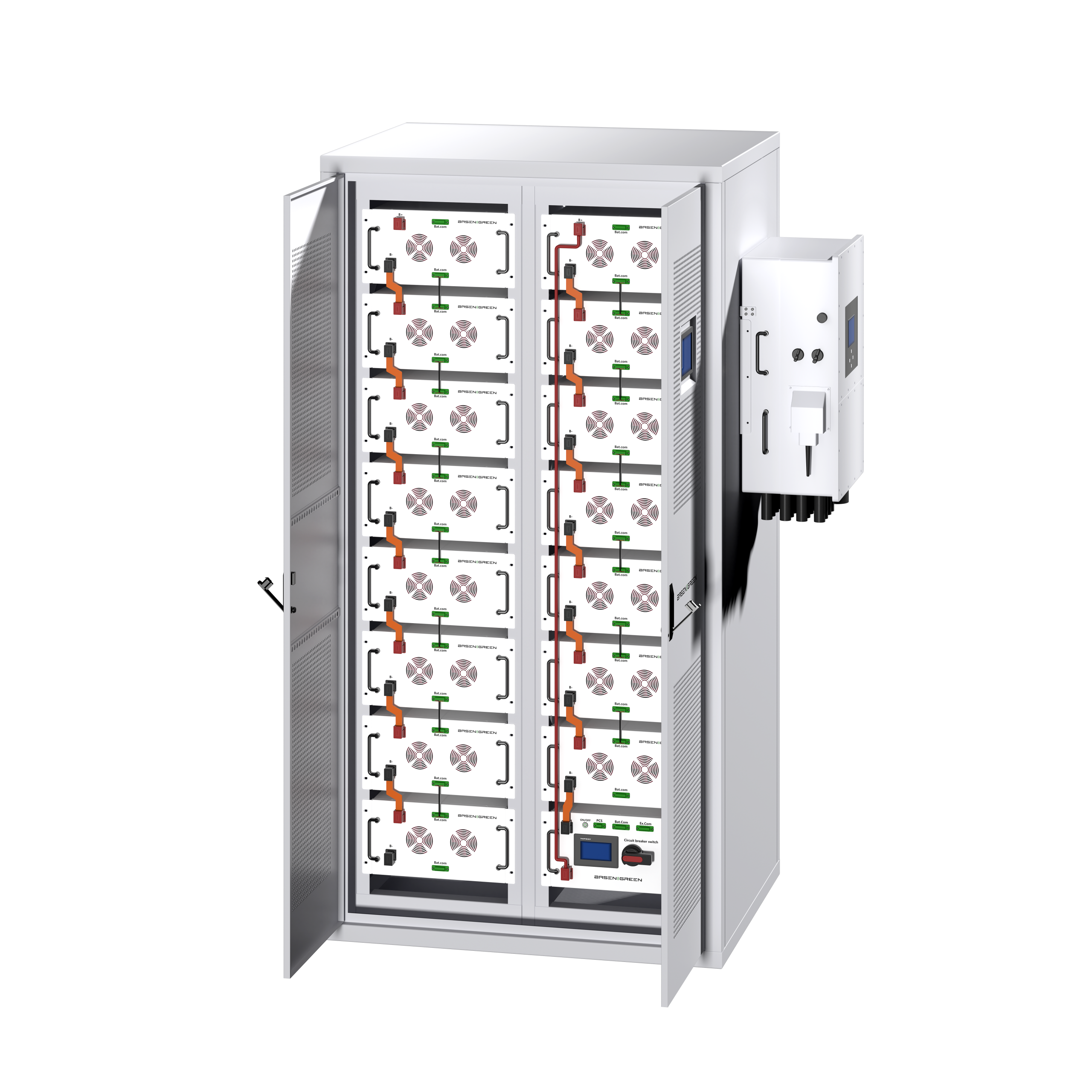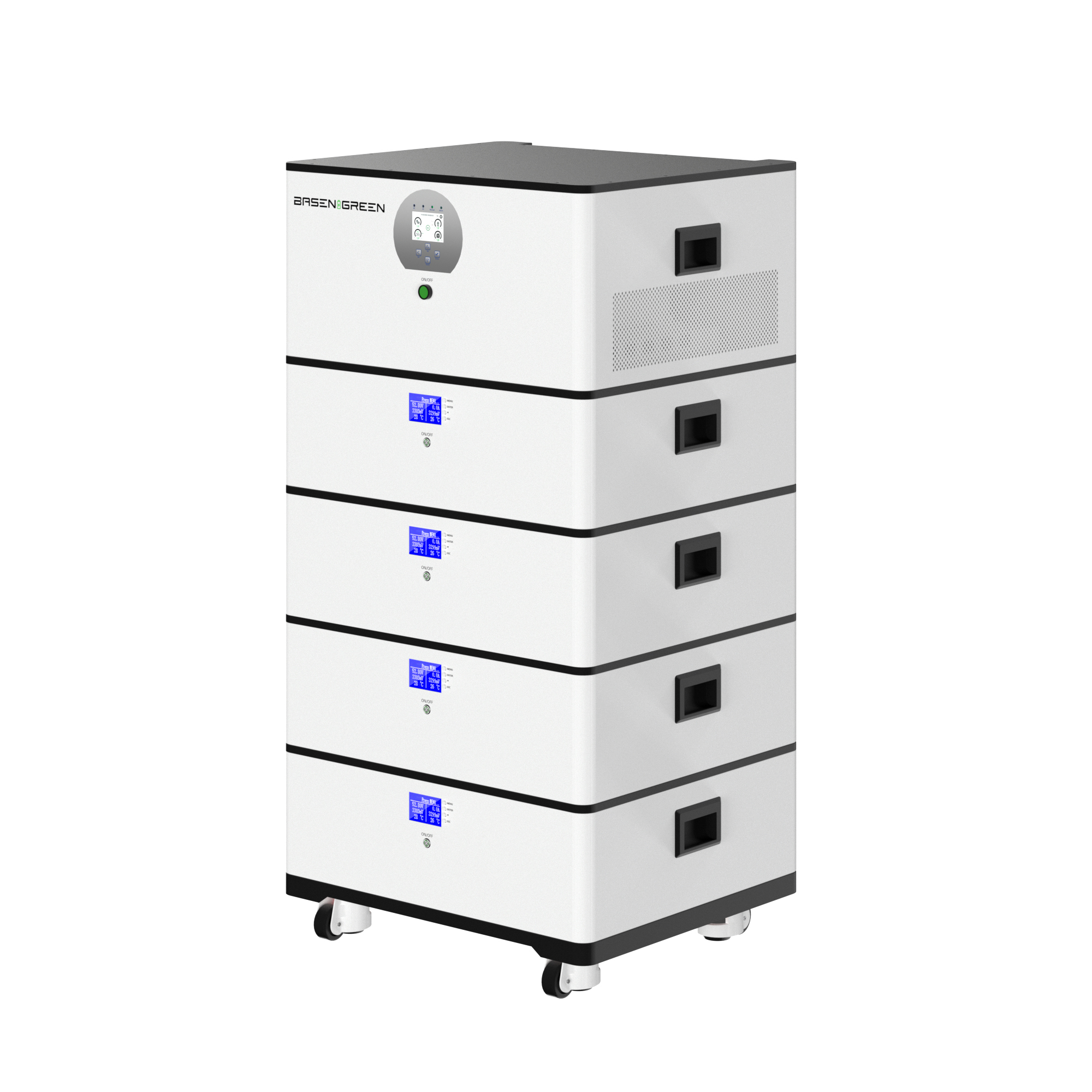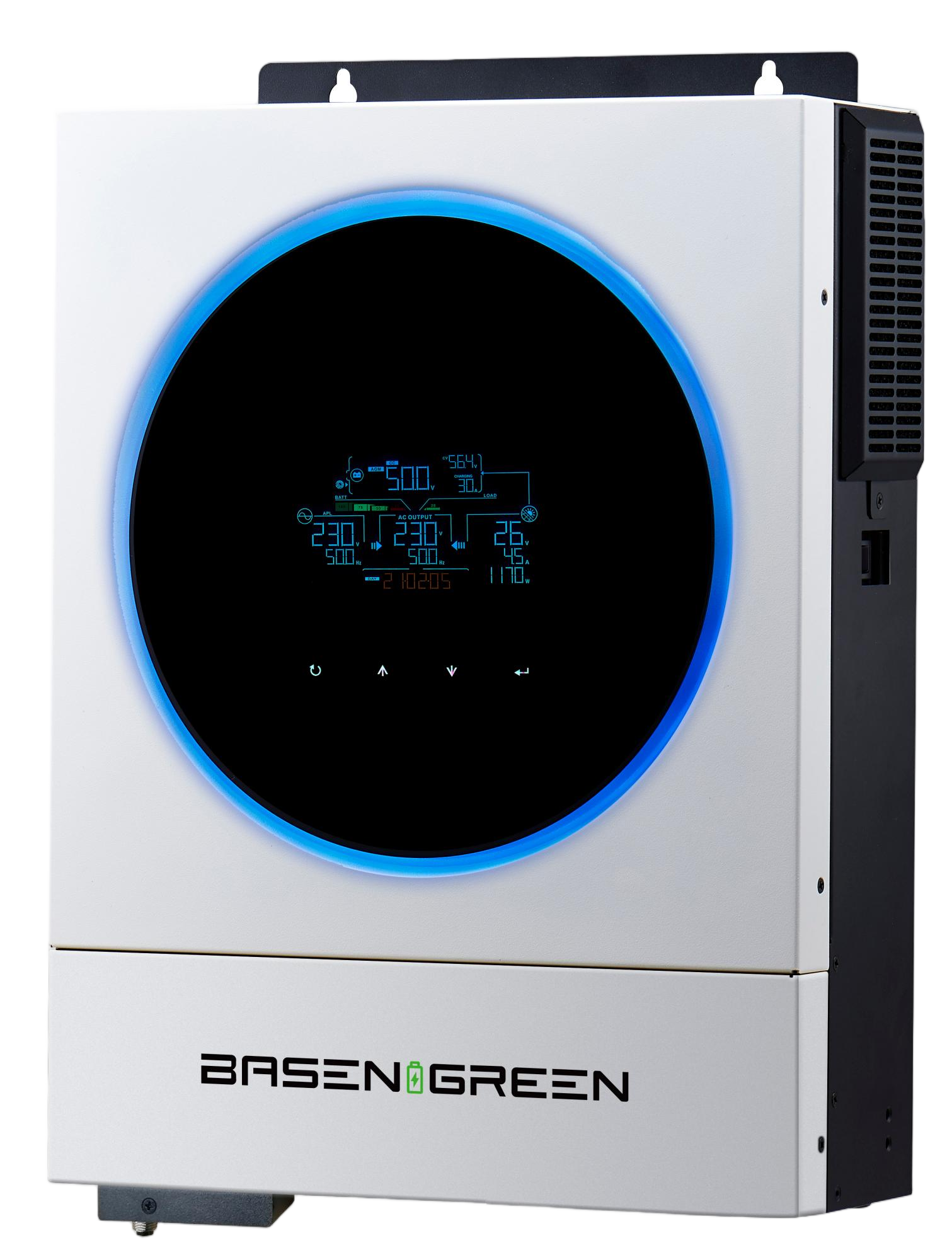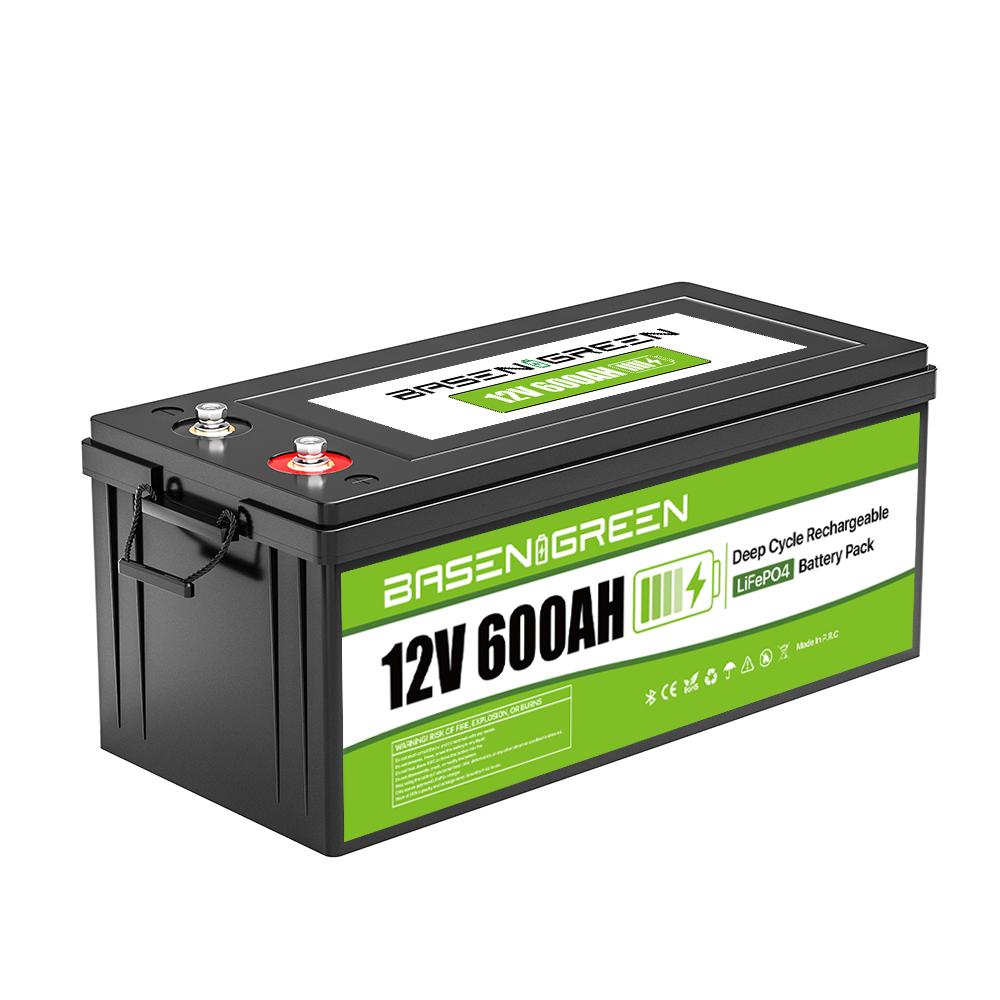The Importance of Thermal Design in Household Energy Storage Systems
In the modern era, energy storage systems have become a cornerstone for households, especially as the demand for renewable energy sources grows. These systems, typically lithium-ion batteries, are essential for storing excess energy produced during peak times and using it during periods of low supply, such as nighttime or cloudy days. However, the design of these energy storage systems, particularly the thermal management aspects, is a critical factor in ensuring their efficiency, longevity, and reliability.
The Role of Thermal Design in Energy Storage Systems
Thermal design refers to the process of optimizing the thermal performance of a system, which in the context of energy storage systems, involves managing the heat generated during charging and discharging. Lithium-ion batteries, in particular, produce a significant amount of heat when being charged or discharged, and this heat must be effectively dissipated to prevent thermal runaway, which can lead to catastrophic failures.
A well-designed thermal system ensures that the energy storage system operates within safe temperature limits, reducing the risk of thermal stress and extending the lifespan of the battery. Moreover, efficient thermal management can improve the overall energy efficiency of the system, leading to better performance and lower operational costs.
Challenges in Thermal Design
Designing an optimal thermal system for a household energy storage system involves several challenges. First, the thermal design must account for the physical and chemical properties of lithium-ion batteries, which vary depending on the brand, size, and use case. Second, the thermal management system must be compatible with the electrical components of the system, such as the charge controller and inverter, to prevent interference.
Another critical challenge is the integration of thermal management systems with the rest of the energy storage system. For example, while a heat exchanger may be effective in managing heat during charging, it must also function efficiently during discharging, where the battery is being used to power an appliance or charging another device.
Solutions for Efficient Thermal Design
To address these challenges, engineers have developed various solutions for thermal design in energy storage systems. One common approach is to use heat sinks, which are metal structures that absorb and dissipate heat. Heat sinks can be integrated into the battery package or used as a separate component, depending on the design requirements.
Another effective solution is the use of thermal management software, which allows for real-time monitoring and control of the battery temperature. This software can integrate with sensors and control systems to optimize thermal performance, ensuring that the battery operates within the optimal temperature range.
Real- Successful Applications
Thermal design has been successfully implemented in various household energy storage systems. For example, Tesla’s Powerwall system incorporates advanced thermal management systems to ensure the stability and efficiency of the lithium-ion batteries. Similarly, many home energy storage systems built by third-party manufacturers have adopted similar thermal management techniques to ensure long-term reliability.
In addition to improving thermal performance, advanced thermal design can also enhance the integration of energy storage systems with the rest of the household electronics. For instance, the use of heat sinks and thermal management systems can help reduce the risk of thermal interference, ensuring that the energy storage system operates smoothly even when connected to sensitive devices like inverters or solar panels.
Thermal design is a critical aspect of developing and implementing household energy storage systems. It not only ensures the safety and longevity of the battery but also contributes to the overall efficiency and reliability of the system. As the demand for renewable energy sources continues to grow, the importance of thermal design in energy storage systems will only become more apparent. By investing in advanced thermal management systems, homeowners can ensure that their energy storage systems operate at peak efficiency, providing a reliable source of power for their homes.






